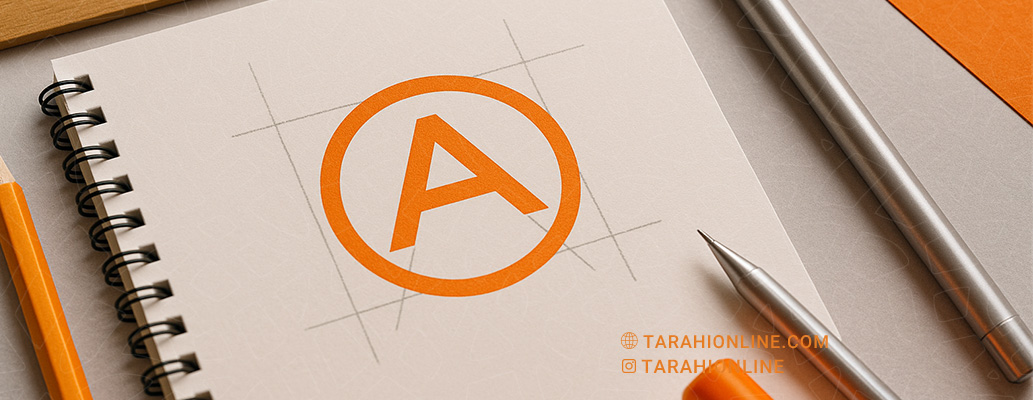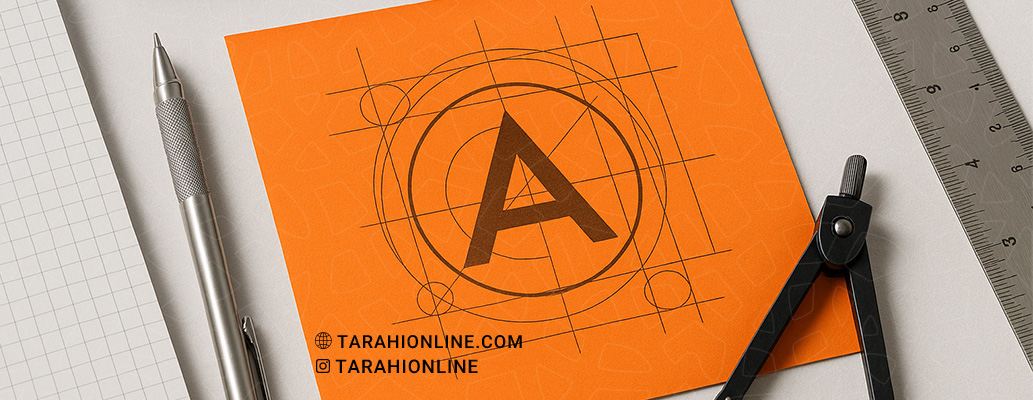
Logo design is one of the most critical and foundational steps in building a brand identity. A logo is not just a graphical symbol—it is a visual representation of the brand’s mission, values, and personality. An effective logo must convey its message quickly, clearly, and memorably. This is only possible when the design process is guided by precise principles rooted in visual strategy, conceptual clarity, and executional discipline. In this comprehensive article, we will examine the essential principles of professional logo design, explaining the rationale and implementation of each.
1. Simplicity
Definition:
Simplicity means stripping away unnecessary elements and focusing on a form that communicates clearly with minimal visual noise.
Why it matters:
-
Simple logos are easier for the brain to process and remember.
-
They perform better across various platforms and sizes.
-
Reproduction is more efficient and cost-effective (print, embroidery, digital, etc.).
How to apply it:
-
Limit font variety to one or two typefaces.
-
Use a restricted color palette (usually 1–3 core colors).
-
Avoid excessive detail, decoration, or gradients.
-
Every element must have a purpose—no visual filler.
2. Memorability
Definition:
A memorable logo is one that stays in a viewer’s mind after just one or two impressions.
Why it matters:
-
In crowded markets, brands that are easier to recall stand a greater chance of being chosen.
-
Memorable logos reinforce brand recognition and loyalty.
Ways to achieve memorability:
-
Use symbolic shapes or unexpected visual metaphors.
-
Combine typography and form in unique, cohesive ways.
-
Avoid generic visuals or overused design clichés.
3. Versatility
Definition:
A logo must work across different applications, sizes, media, and formats while retaining its integrity and readability.
Common use cases include:
-
Printing on small items (e.g., pens)
-
Displaying on large-scale formats (e.g., billboards)
-
Reproducing in monochrome (e.g., stamps, laser etching)
-
Appearing as an app icon or favicon
Technical recommendations:
-
Design logos as vector files (SVG, PDF, EPS) for scalability.
-
Test how the logo performs on different backgrounds (light, dark, transparent).
-
Ensure legibility at minimum dimensions.

4. Relevance
Definition:
The logo must reflect the brand’s industry, target audience, and core identity.
Design considerations:
-
Color psychology should align with industry norms (e.g., green for sustainability, blue for technology or finance).
-
Font style must match the brand voice (e.g., geometric sans for modernity, serif for tradition).
-
Graphic elements should meaningfully relate to the company’s products, values, or mission.
5. Uniqueness
Definition:
A logo should stand out from competitors and avoid visual confusion.
Why it’s crucial:
-
Prevents misidentification and brand dilution
-
Establishes a distinct presence in the market
-
Facilitates legal protection and trademark registration
How to ensure uniqueness:
-
Conduct competitive analysis before starting design
-
Avoid industry clichés and copycat visuals
-
Use original shapes, layouts, and typographic treatments
6. Visual Balance
Definition:
A well-balanced logo ensures that all visual elements are distributed harmoniously, creating a sense of stability.
Why it matters:
-
Balanced designs appear professional and intentional
-
Logos that feel "off" undermine trust and coherence
Design tools and techniques:
-
Use a grid system during construction
-
Apply symmetry or deliberate asymmetry
-
Test the composition visually (e.g., with squint tests)
7. Scalability
Definition:
A scalable logo maintains clarity and legibility across all sizes—from small app icons to building signage.
Considerations:
-
Avoid intricate details or tiny text that may be lost at small sizes
-
Develop a simplified alternate version (responsive logo design)
-
Review performance across screen resolutions and print methods
8. Functionality Without Color
Definition:
The logo should remain recognizable and effective when rendered in black and white or grayscale.
Why this matters:
-
Some mediums may not support color (e.g., faxes, legal documents)
-
Removing color tests the structural integrity of the design
Practical steps:
-
Create a one-color version early in the design process
-
Rely on contrast, shape, and negative space to convey identity
9. Timelessness
Definition:
A timeless logo avoids trendy styles that age quickly, ensuring long-term relevance.
Why it’s essential:
-
Brands usually retain a logo for years or decades
-
Frequent redesigns weaken brand consistency and cause user confusion
-
A timeless logo supports long-term marketing continuity
Avoid:
-
Fashionable design effects (e.g., overused gradients, shadows, or 3D gimmicks)
-
Fonts or graphics associated with passing trends
10. Concept-Driven Design
Definition:
An effective logo is anchored in a clear idea or story that aligns with the brand’s mission, values, or name.
Characteristics of a concept-based logo:
-
The design tells a story, however subtly
-
The concept enhances emotional connection and meaning
-
The logo’s form has purpose beyond aesthetics
Example:
Amazon’s logo features an arrow from A to Z, symbolizing product range and forming a smile—communicating variety and satisfaction.
Logo design is not simply an artistic task; it is a strategic and technical process that fuses psychology, branding, visual design, and communication. Each of the ten principles discussed—simplicity, memorability, versatility, relevance, uniqueness, balance, scalability, color independence, timelessness, and concept—plays a vital role in creating a professional, functional, and enduring logo. A well-designed logo becomes the cornerstone of brand identity, representing the brand’s voice and values across all touchpoints. Every design decision must be intentional, and every element must serve the logo’s communicative power. In essence, a great logo is not only seen—it is understood and remembered.
The Tarahi Online graphic and logo design team, with over ten years of experience in professional graphic and logo design, is ready to assist you and bring your ideas to life. Contact us to submit your request or place an order.
